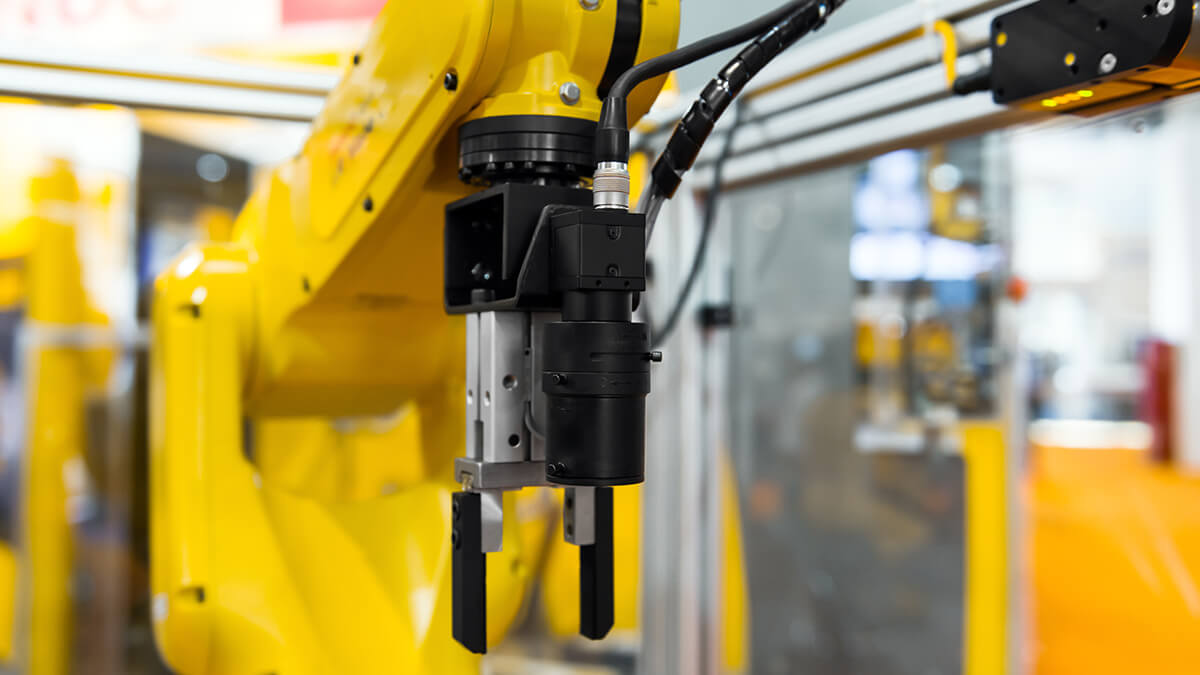The integration of collaborative robots into production has become a pivotal element in the manufacturing chain, enhancing overall production efficiency. These compact collaborative industrial robots are designed to operate in confined spaces, addressing challenges posed by limited working spaces.
What is a Collaborative Robot?
A collaborative robot, commonly known as a cobot or co-robot, is a specialized robot designed for close interaction with humans within a confined working space. Unlike traditional industrial robots, which typically operate autonomously or with limited guidance, collaborative robots are specifically engineered to work alongside humans, necessitating careful consideration of safety in their design and functionality. The concept of collaborative robots encompasses devices and methods that enable direct physical interaction between humans and computer-controlled universal robots.
From a conceptual standpoint, a robot is a mechanical device programmed to perform tasks automatically. It can follow human commands, execute pre-arranged programs, and make decisions using artificial intelligence. The primary purpose of a robot is to assist or replace humans in various tasks, ranging from routine to unconventional and even hazardous operations.
Industrial robots, which are multi-joint manipulators or multi-degree-of-freedom robots, are designed for use in industrial applications. These robots, capable of automatic work execution, can accept human commands or run pre-programmed tasks.
Traditional industrial robots typically operate at a distance from humans, often within fenced or protected areas to prevent potential harm to humans. In contrast, the emerging generation of industrial robots, termed "collaborative robots," operates differently. These robots can work in the same space as humans without posing a threat to their safety.
In heavy industries like automotive manufacturing, industrial robots have played a crucial role in performing high-precision tasks such as welding and handling. However, to ensure safety, these robots traditionally require protective measures, including fencing or stopping when humans enter a designated safe area.
The advent of collaborative robots introduces a new approach, aiming for joint cooperation between humans and robots. These robots come equipped with safety features such as monitoring stations, manual teaching capabilities, speed and separation monitoring, and power limitation attributes. These attributes enable collaborative robots to function safely alongside humans in unrestricted environments, assisting workers with routine tasks while humans handle more complex or judgment-based operations.
For collaborative robots to effectively integrate into the production chain, sensor technology is crucial. Sensors assist in determining how robots operate by providing precise feedback, facilitating closer human-machine interaction.
Key Challenges Related to Robotic Are Addressed through Various Sensor-Based Solutions
Robot Vision: Utilizes optical image systems to give robots vision capabilities, allowing them to identify object locations and enabling flexible automation in the Industry 4.0 era.
Safe Robots: Implements safety measures to create a secure working environment in the sensitive areas near robots, ensuring personnel safety during collaborative work.
Arm-End Tools: Incorporates mature sensing technology for gripper and robot tools, providing sharp insights during robotic operations.
Position Feedback: Utilizes position feedback solutions to provide information about speed, position, and drive status, laying the sensory foundation for all robot movements.




.jpg)









